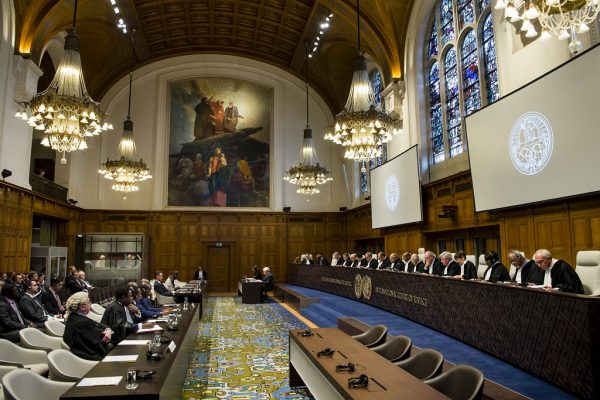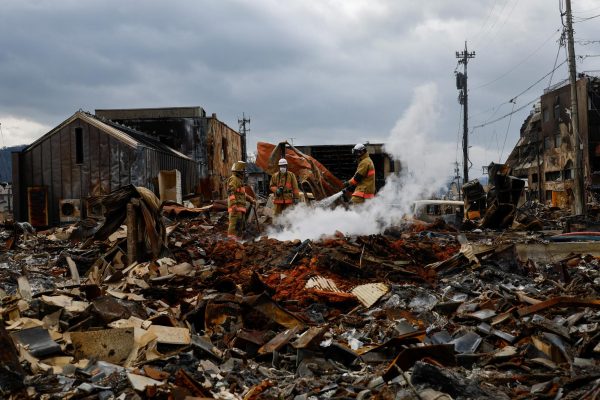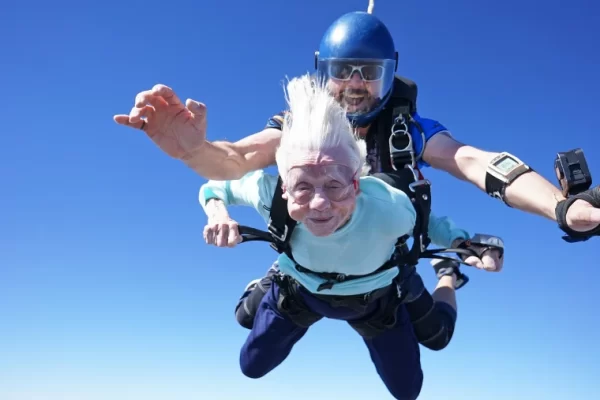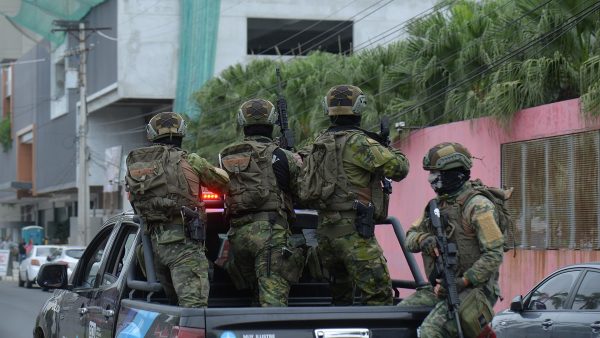Black Dots Making Better Lives?
A Facebook post featuring a woman with a black dot on her palm and a description of its purpose went viral a few weeks ago, known as the Black Dot Campaign. A black dot on the hand signifies that the woman is a victim of domestic abuse, but it is dangerous for her seek help verbally because her abuser is watching nearby. The campaign had seemingly good intentions, but it soon spiraled out of control. Many were worried that the abuser might also hear about the campaign and lash out violently if they find a black dot on the victim’s hands, only fueling the flame of domestic violence. Moreover, professionals were not aware of the campaign, and one domestic violence prevention organization later issued a statement that said “Project Sanctuary does not endorse the #blackdotcampaign.” However, the campaign did not die out, raising questions about whether or not it can truly help people.
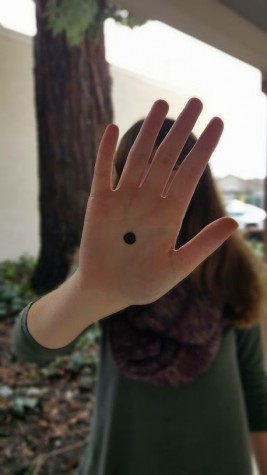
The original Facebook post was posted by Jenn Hunton in September, explaining the campaign and urging people to post selfies with a black dot on their palms in honor of the victims and survivors. It also urged readers to “spread the word” in an effort to save more victims without endangering their lives by telling their abusers. The campaign wanted to open a conversation about domestic violence, an important issue that is unfortunately very common in American society. The post soon went viral, and hundreds of posts and pictures flooded social media in support. A Facebook page was created for the campaign as well, which was supposedly seen by over 1 million people according to BBC News.
However, just a few days after it took off, the campaign posted on their page that professionals were not notified of the campaign previously, and had not worked with the founders to create the campaign. The post states, “Professional bodies have not been advised or trained in the Black Dot, what it symbolizes and what it means… This isn’t the solution that will help everyone, if anything it should help people realize what abuse is, how it affects people and how to access help.” The goal was not to directly save people from domestic abuse or to work with professionals to save victims, but to start a conversation and hopefully seek professional help. The founder, a survivor of domestic violence, later released a statement that clarified, “When things go viral and worldwide, you kind of lose control. A lot of survivors are putting their dots on their hand, but that’s not what the original idea was. I imagined it as a tool to start face-to-face conversations between friends or with professionals.”
Numerous agencies released statements explaining their lack of affiliation with the campaign, and why they refuse to endorse it. Some claim that the black dot might actually put the abused victim in more danger by their abuser because information about the campaign reached such a wide audience. Others claimed that showing the black dot to an untrained person could also be dangerous, and those situations should be left to highly-trained professionals with experience in domestic violence. Not only would the victim be at risk if the abuser sees them, but the untrained, innocent person would also be put in harm’s way.
However, other organizations, such as Women’s Aid in the UK, have welcomed the campaign. Spokesperson Alice Stride states, “It’s very difficult for women to speak out about their abuse, they’re worried they won’t be believed. Being able to communicate is the first step, and this campaign provides women another way to do that.” However, all organizations still warn against using the black dot route depending on the situation, acknowledging that each abuser is very different.
Some critics ranted about the foolishness of viral campaigns to “raise awareness” for a cause when no real action is taken, such as donating or volunteering. One commenter on a recent article about the campaign suggested that supporters donate tampons and pads to a women’s shelter instead of posting silly selfies with hashtags. There are numerous other ways to help victims and survivors. Donating money or volunteering for domestic violence prevention organizations, such as Jane Doe Inc., the Massachusetts Coalition Against Sexual Assault and Domestic Violence, can help significantly in the push to end domestic violence and provide resources and support for the survivors. If you are personally involved with an abusive partner or have a friend or family member in this situation, the first thing to do is contact professionals or talk to a trusted person. While domestic violence is a frightening, disturbing topic, open discussions can help end the trend.






